Breast Implant Revision – Capsular Contracture
Capsular Contracture remains one of the main reasons for Breast Augmentation Revision Surgery. The Breast Capsule is a thin layer of scar that forms around the Breast Implant. It is very important to maintain the proper position of the Breast Augmentation. If no capsule formed, gravity would cause the implant to slowly move down the chest. When the capsule is too tight, however, it can distort the breast.
The term Capsular Contracture is used when the Breast Implant’s capsule is too tight. When Capsular Contracture occurs, the implant is squeezed, causing a reduction in breast volume, hardening of the Breast Implants, a a change in position of the Breast Implant, and in some cases, breast pain. While the cause of Capsular Contracture remains unknown, the sooner Capsular Contracture is fixed the easier it is to remedy.
Breast Implant Revision Before and After Photos
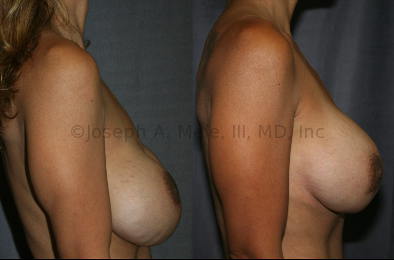
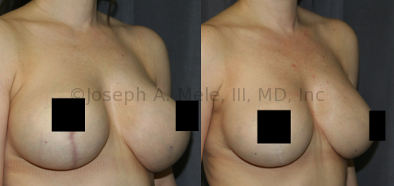
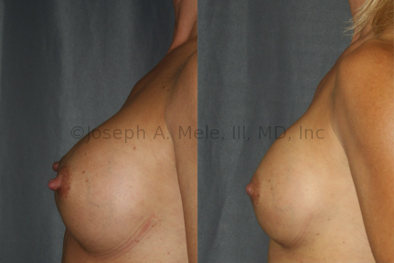
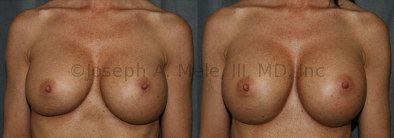

.jpg)


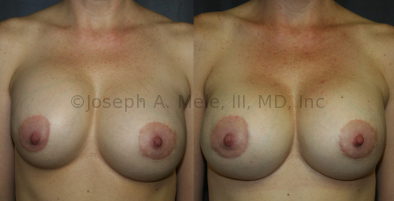
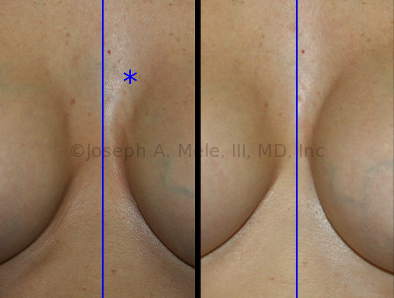
.jpg)
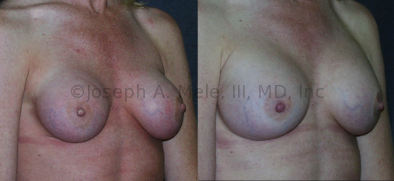
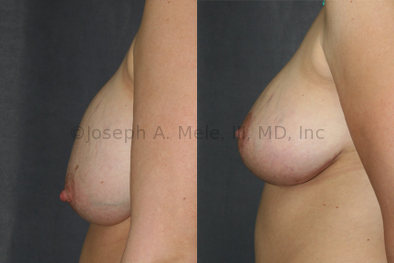
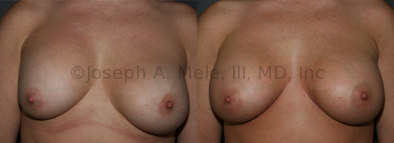
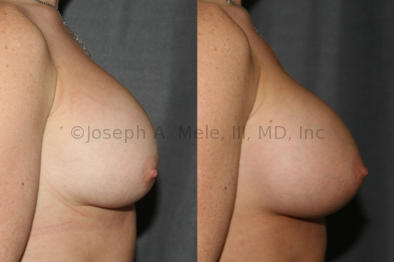
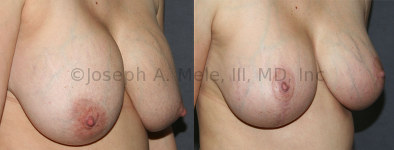
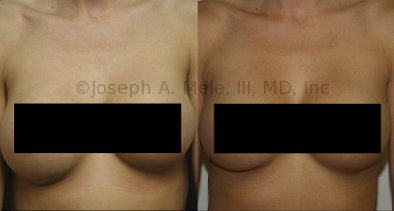
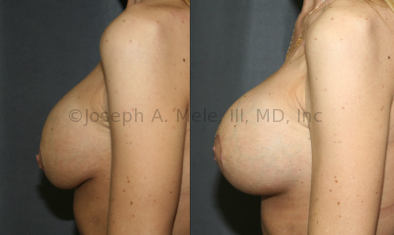
.jpg)
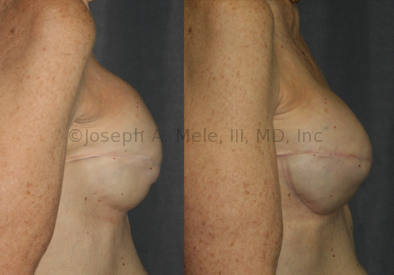
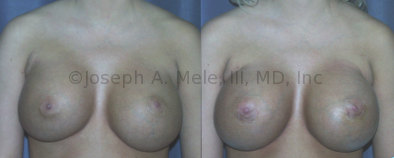
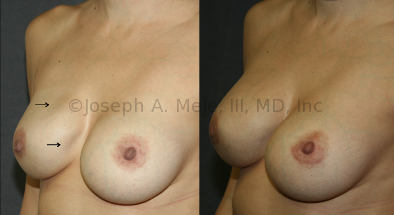
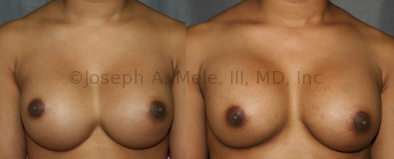
.jpg)
.jpg)
.jpg)
.jpg)
.jpg)
.jpg)
.jpg)
.jpg)
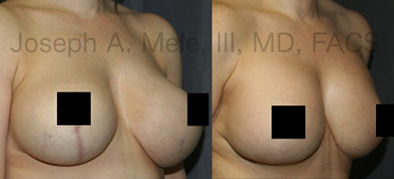
.jpg)
.jpg)
.jpg)
.jpg)
Capsular Contracture Frequently Asked Questions
Below are answers to some of the most frequently asked questions about Capsular Contracture. Clicking on the question will scroll down to the answer.
- What is the Breast Implant Capsule?
- What is Capsular Contracture?
- How is Capsular Contracture graded?
- How is Capsular Contracture treated?
- What are the Non-surgical Treatments for Capsular Contracture?
- What are the Surgical Treatments for Capsular Contracture?
- What is a Capsulotomy?
- What is a Capsulectomy (Open)?
- What is a Capsulectomy (Closed)?
The Breast Implant Capsule
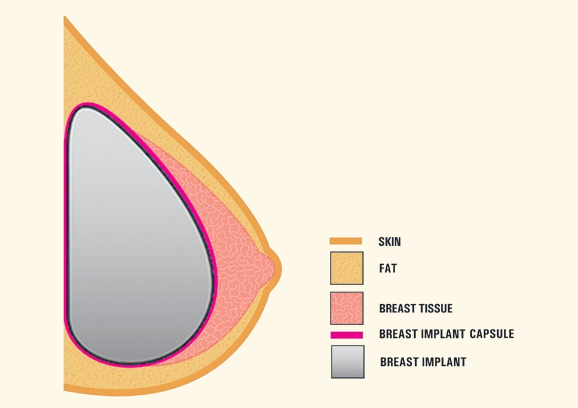 It is normal for your body to form a thin layer of scar around your Breast Implants. This is called the Breast Implant Capsule, or capsule for short, and it is important in maintaining and protecting your breast implants. The capsule holds the breast implants in the correct position within in the breasts, and it protect the Breast Implant from both exposure and infection.
It is normal for your body to form a thin layer of scar around your Breast Implants. This is called the Breast Implant Capsule, or capsule for short, and it is important in maintaining and protecting your breast implants. The capsule holds the breast implants in the correct position within in the breasts, and it protect the Breast Implant from both exposure and infection.
The Breast Implant Capsule is a strong pocket composed primarily of collagen fibers. It provides support the Breast Implant like an internal bra, and like a good bra, the ideal Breast Implant Capsule not too big and not too small. The Breast Implant Capsule also contain many small blood vessels that protect your Breast Implant. Initially, these blood vessles provide additional circulation that speeds the healing after Breast Augmentation. Long term, the blood vessles provide enhanced immune surveillance to prevent and suppress Breast Implant Infections.
When the Breast Implant Capsule is the correct size, it keeps the Breast Implant centralized behind the breast mound without being overly restrictive. The result is a soft, natural feeling breast, that can change shape with position. The ideal Breast Implant Capsule allows some movement of the Breast Implant, so that cleavage can be enhanced with the proper bra, but it also restricts excessive movement.
When the Breast Implant Capsule is too large, too much motion is allowed. The Breast Implants can bottom out when upright, or may slide to the armpits when laying down. This is made worse with a chest wall that is narrow or ribs that curve rapidly towards the sides as seen with a Pigeon Chest (Pectus carinatum). Breast Implants that are proportionately too large for the chest will also increase your risks of this and other Breast Implant Malposition problems. A Breast Implant Capsule that is too large, can often be helped with a capsulorrhaphy.
When the Breast Implant Capsule is too small, not enough motion is allowed. When the Breast Implant capsule becomes tight circumferentially, the Breast Implants may become fixed in position, and may feel firm to touch. A tight Breast Implant Capsule may also cause the shell of the Breast Implant to wrinkle excessively, leading to palpable and visible rippling. I tight capsule can reduce the apparent size of the Breast Implant, and give the implants a smaller, more spherical look.
If the Breast Implant Capsule is not tight all the way around the implants, but instead, tightens around just on side of the implant, it can push the Breast Implant and cause Breast Implant Malposition. When this happens on the lower pole, the implant is pushed up too high (Superior Breast Implant Malposition). When the inner portion of capsule tightens, the implant is pushed out to the side ( Lateral Breast Implant Malposition). Lateral Breast Implant Malposition causes displacement of the Breast Implant toward the side (or armpit), widening of the gap between the breasts, and when tight, may prevent the formation of cleavage, even with a bra.
When the Breast Implant Capsule is too small or too tight this is called Capsular Contracture. This can often be helped with a capsulotomy or capsulectomy. Keep reading below for more on capsular contracture and its treatment.
Breast Implant Capsular Contracture
If the Breast Implant Capsule becomes too tight or thick, the condition is referred to as Capsular Contracture. Capsular Contracture may occur any time from a few weeks after surgery to many years later. Capsular Contracture can squeeze the Breast Implants, causing hardening, displacement (malposition), and occasionally pain. Every Breast Implant has a capsule. Without a Breast Implant Capsule the Breast Implants would continue to slide down the chest with gravity. Since the appearance of the Breast Implant Capsule can range anywhere from not detectable to obvious, it is common to assign a grade. The optimal result, Grade I, is also the most frequent result. The definition of Capsular Contracture Grades are listed below.
Breast Implant Capsular Contracture Grades
Capsular Contracture is classified into four grades. The softest is Grade I, while the firmest is Grade IV. The grade is defined by how the Capsular Contracture presents.
- Grade I Capsular Contracture: The breast capsule is soft, thin and not detectable on physical examination. This is the most frequent result and requires no treatment.
- Grade II Capsular Contracture: The breast capsule is still usually soft and thin; however it may be felt upon physical examination. This type of capsule causes no physical distortion of the breast, and also requires no treatment. This is the second most common result.
- Grade III Capsular Contracture: The breast capsule is either tight, thick or both. The breast implant capsule in Grade III contracture causes distortion of the breast implant, and visually changes the shape of the breast. This may result in Breast Implant Malposition and a firm, or even hard, breast. Grade III capsular contracture is usually treated with surgical release (capsulotomy) or removal (capsulectomy). Recovery is usually easier than that for the initial Breast Augmentation, but may be more sore than the recovery after Breast Implant Replacement.
- Grade IV Capsular Contracture: The breast capsule is the same as in Grade III capsular contracture, but Grade IV capsular contracture is also painful. Fortunately, Grade IV capsular contracture is the least common of all capsular contractures. The treatment is the same as as with Grade III.
Grade I and Grade II capsular contractures are not treated surgically. Grade III and IV capsular contractures are usually treated surgically to restore a softer, more aesthetic breast, and in the case of Grade IV capsular contracture, to decrease breast tenderness.
Capsular Contracture Treatment
Non-surgical Treatments for Capsular Contracture
Many treatments have been suggested for the non-surgical treatment of capsular contracture. A partial list is included below. While methods like massage, ultrasound, Vitamin E, Steroids and Herbal Medications are not scientifically proven to work, there are few risks associated with their use. Many anecdotal cases of patients resolving their Capsular Contracture while trying these have been reported. Whether they improved because of the treatment, or because they were given enough time to resolve spontaneously, we will never know, but better is better.
LT inhibitors are also listed. LT inhibitors are asthma medications and include montelukast (Singlair) and zafirlukast (Accolate). Unfortunately, LT inhibitors have been associated with liver failure and death, so they currently not recommend for Capsular Contracture Treatment. Larger studies, with long term follow-up, are necessary to evaluate the effectiveness of these drugs.
Partial list of non-surgical capsular contracture treatments:
- Massage
- Medications
- Vitamin E
- Steroids
- Herbal Medications
- Leukotriene Inhibitors ( Accolate, Singular)
- Ultrasound
Breast Implant Revision Surgery for Capsular Contracture – Capsulotomy and Capsulectomy
Breast implant revision surgery is the primary treatment for Capsular Contracture. There are two methods: releasing the capsule (capsulotomy) and removing the capsule (capsulectomy)
Breast Implant Capsulotomy
Open Capsulotomy – This treatment is best for tight, thin scar capsules. The scar is cut, allowing it to expand. This releases the restriction and compression of the breast implant and softens the breast. This treatment is better for patients with very thin breast implant coverage, as it does not further thin the tissues around the breast implant. The majority of the time this results in a softer result with improved implant position.
Closed Capsulotomy – This is an old technique which involves forcefully compressing the breast in order to release (tear) the breast capsule. It has fallen out of favor because it lacks the technical precision of the open techniques. The procedure can lead to breast implant deflation and bleeding (hematoma) at a higher rate than the other procedures. Performing closed capsulotomy also violates most breast implant warranties.
Breast Implant Capsulectomy
Open Capsulectomy – This treatment is best for thick capsules. The scar is removed, resulting in a new pocket for the implant. A new capsule will form, just like with the first breast augmentation surgery. The majority of the time this procedure results in a softer result with improved implant position. In some cases it may be best to replace the Breast Implant at the same time.
Capsular Contracture Cause And Prevention
The cause of capsular contracture is still not completely understood. There is evidence pointing to bacterial contamination around the breast implant; however, the usual hallmarks of infection are absent. Washing the breast implant and the breast implant pocket with antibiotic solution has been shown to decrease the risk of capsular contracture. Oddly, if you already have capsular contracture, your risk of recurrence after surgery is approximately the same as for someone who has not had capsular contracture.